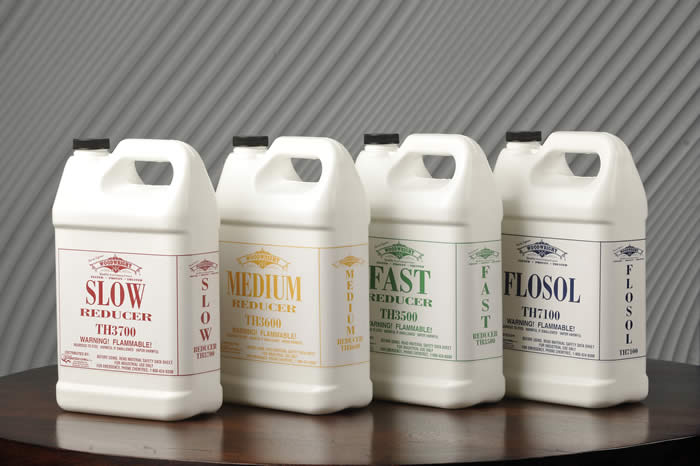

Solvent Additive Chart for Various Climates:
CLICK HERE
Make your stain & varnish easy to work with in difficult climates.
Learn how to customize your varnish & stain in various temperatures and humidities by adding Woodwright brand solvent additives.